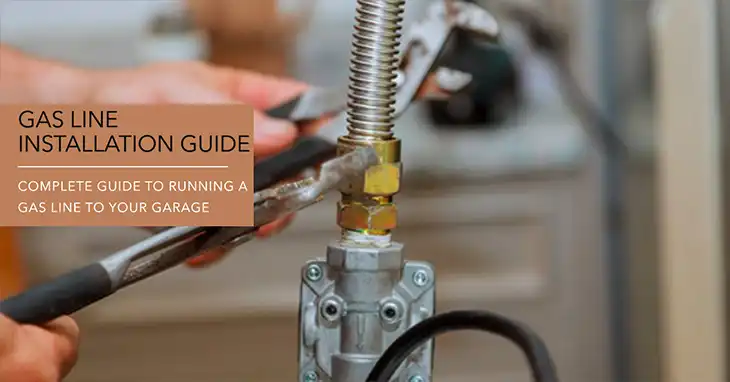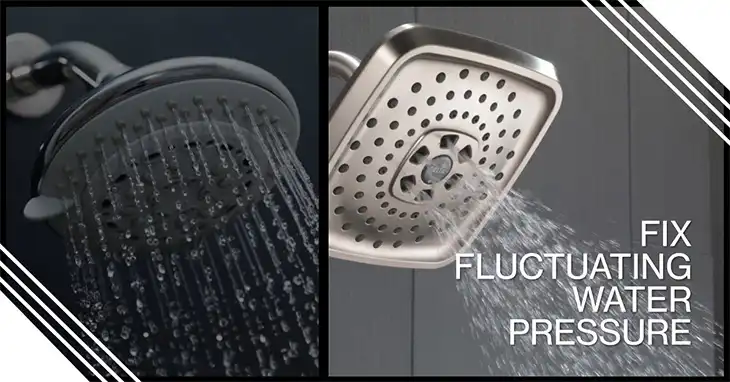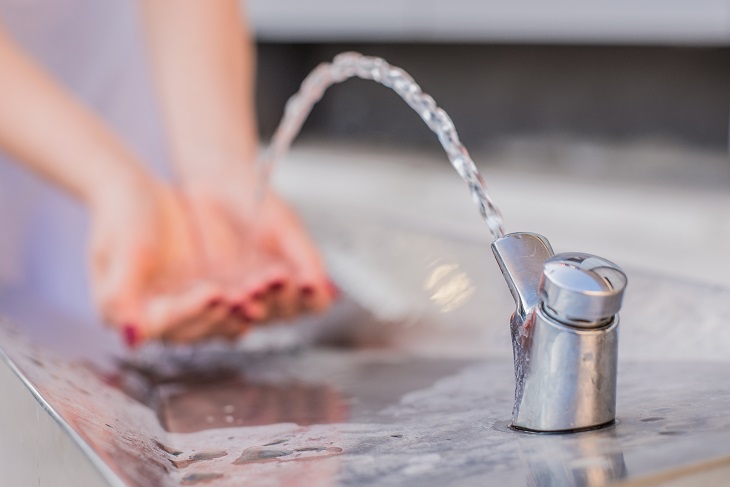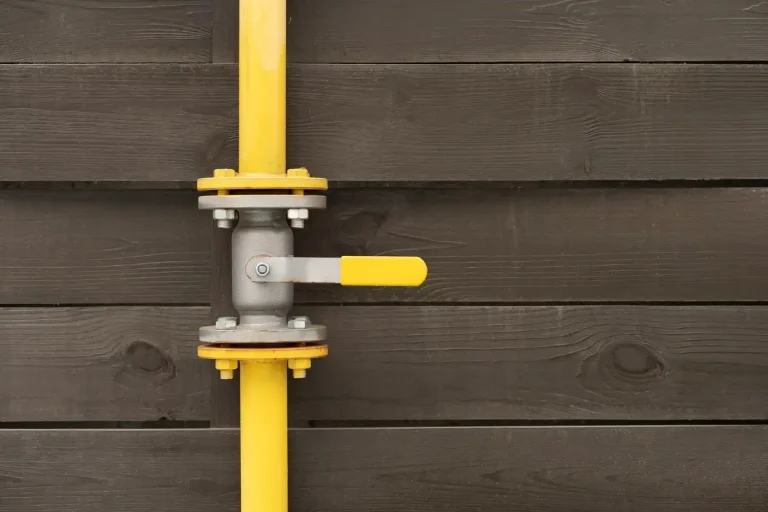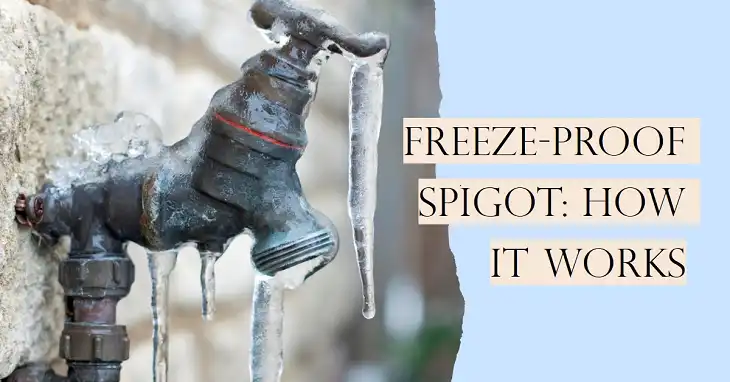10 Reasons Why Your Furnace is Blowing Cold Air and How to Fix It
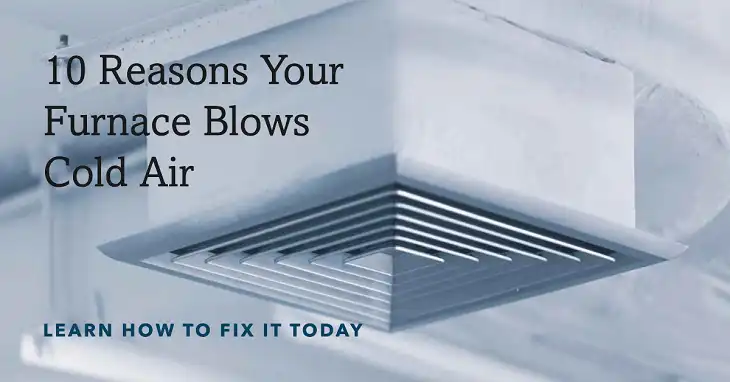
If your furnace is blowing cold air instead of the expected warmth, there are several potential reasons. These issues can range from simple fixes like changing the thermostat settings to more serious problems like a malfunctioning blower motor. To restore your home’s comfort, it’s essential to diagnose the root cause correctly. This guide breaks down the ten most common reasons for a furnace blowing cold air and offers practical solutions to get your heating system back in shape.
1. Incorrect Thermostat Settings
One of the simplest explanations for a furnace blowing cold air is incorrect thermostat settings. If the fan is set to “On” instead of “Auto,” the furnace’s blower will continue circulating air even when the heating cycle is off, resulting in cold air.
Solution:
Check the thermostat and set the fan to “Auto.” This ensures the blower only runs when the furnace is actively heating.
2. Pilot Light Has Gone Out (for Older Gas Furnaces)
If you have an older gas furnace, the issue might be a blown-out pilot light. When the pilot light goes out, the furnace can’t ignite the gas, and thus, no heat is produced.
Solution:
Relight the pilot light following the manufacturer’s instructions. If it continues to go out, there might be an issue with the thermocouple, which may require professional assistance.
3. Dirty Air Filters
A clogged air filter restricts airflow, causing the furnace to overheat. When this happens, the furnace’s safety mechanism shuts off the burner, allowing only cold air to blow through the vents.
Solution:
Replace dirty air filters with a new one. Regularly changing the filter (every 1–3 months) will prevent this issue in the future.
4. Leaking Ductwork
Leaky ducts can result in cold air mixing with the warm air produced by the furnace, especially if the leaks are in unconditioned spaces like basements or attics.
Solution:
Inspect the ducts for visible leaks and seal them using mastic sealant or metal tape. For larger issues, consider hiring a professional to perform a comprehensive duct inspection and repair.
5. Overheating Furnace
If your furnace is blowing cold air, it might be due to overheating. Modern furnaces have safety switches that shut off the burner when the system overheats to prevent damage, but the blower fan continues running, blowing cold air.
Solution:
Check the air filters and ensure there’s no blockage around the furnace. If the issue persists, call a technician to diagnose and resolve the overheating problem.
6. Clogged Condensate Line (for High-Efficiency Furnaces)
High-efficiency furnaces produce condensation, which is drained through a condensate line. If this line is clogged, the furnace may shut down to prevent water damage, leading to cold air blowing from the vents.
Solution:
Locate the condensate line and clear any clogs. You may need to flush the line with vinegar or use a wet/dry vacuum to remove blockages.
7. Issues with the Flame Sensor
The flame sensor monitors the burner to ensure it’s lit. If the sensor is dirty or malfunctioning, it can cause the furnace to shut down, leading to cold air blowing.
Solution:
Clean the flame sensor using a fine abrasive pad. If cleaning doesn’t resolve the issue, consider replacing the sensor.
8. Faulty Gas Valve
A malfunctioning gas valve can prevent fuel from reaching the burner, resulting in the furnace blowing cold air. This issue requires professional attention, as working with gas components is dangerous.
Solution:
Call a certified HVAC technician to inspect and, if necessary, replace the faulty gas valve.
9. Malfunctioning Blower Motor
If the blower motor is faulty, it may not push enough warm air through the ducts, making it feel like cold air is coming out.
Solution:
Check the blower motor for proper operation. Listen for unusual sounds like grinding or rattling, which indicate mechanical issues. Repair or replace the motor as needed.
10. Empty Oil Tank (for Oil Furnaces)
For oil furnaces, an empty oil tank will cause the furnace to blow cold air since there’s no fuel to produce heat.
Solution:
Check the oil level and refill the tank if necessary. Schedule regular oil deliveries to prevent running out in the future.
How to Diagnose and Fix Your Furnace Blowing Cold Air
Diagnosing why your furnace is blowing cold air can often be done by narrowing down the symptoms. Start by checking simple fixes like the thermostat settings or air filters. If these don’t resolve the issue, move on to more complex problems like the pilot light, flame sensor, or blower motor. If you’re unsure or uncomfortable handling any of these repairs, it’s best to consult a professional HVAC technician to ensure safe and effective troubleshooting.
Should You Call a Professional?
While some furnace issues can be resolved with basic DIY maintenance, others require specialized knowledge and tools. For issues like gas valve malfunctions, blower motor problems, or extensive ductwork repairs, it’s best to call a certified HVAC technician. Attempting to fix these problems without proper expertise can cause further damage or pose safety risks.
Final Thoughts
A furnace blowing cold air can be frustrating, but identifying the root cause is the first step toward restoring your home’s warmth. By systematically checking each of these ten common issues and applying the appropriate solutions, you can get your furnace back in working order quickly. Regular maintenance, such as changing air filters and ensuring proper thermostat settings, can also help prevent similar issues in the future.
FAQs
Why is my furnace blowing cold air only sometimes?
If your furnace occasionally blows cold air, it could be due to an issue with the thermostat settings or a dirty air filter. It may also indicate a problem with the flame sensor or intermittent overheating, causing the furnace to cycle on and off.
Can a dirty air filter cause a furnace to blow cold air?
Yes, a dirty air filter can cause the furnace to overheat, triggering the safety shut-off for the burners. When this happens, only the blower fan runs, resulting in cold air being circulated through your home.
What should I check first if my furnace is blowing cold air?
Start by checking the thermostat settings and ensuring it’s set to “Auto” and “Heat.” Next, inspect the air filter and replace it if dirty. If these don’t fix the issue, look for a lit pilot light or other potential malfunctions.
Is it dangerous if my furnace is blowing cold air?
It’s not necessarily dangerous, but it does indicate that something isn’t working correctly. Ignoring the issue can lead to more severe damage over time, especially if it’s due to overheating or a faulty gas valve.
How often should I replace my air filter to avoid this problem?
Ideally, air filters should be replaced every 1–3 months, depending on usage and the type of filter. Regular replacements help maintain proper airflow and prevent issues like overheating or clogged ducts, which can cause the furnace to blow cold air.

